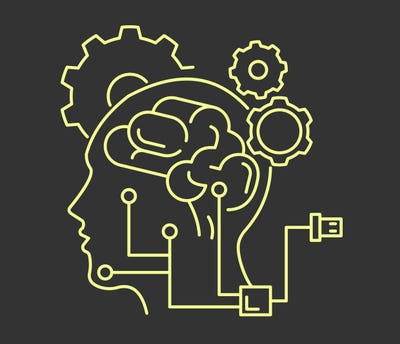Evolutionary AI: Survival of the “Fittest”
January 4, 2020

by George Corugedo, RedPoint Global
03 January 2020
We all remember learning about the
universally understood theory of “survival of the fittest” in biology class.
But have you thought about how it relates to customer engagement?
Natural selection holds that reproductive
success for a species depends on adapting to environmental changes over time.
It weeds out the ill-prepared and favors those who have learned to acclimate to
new surroundings.
Similarly, customer engagement machine
learning models determine ‘winners and losers’ in the quest for personalized
customer experiences that drive revenue. Evolutionary AI works like natural
selection – models that succeed in the environment they’re built for (in this
case the hyper-personalization of a customer experience) survive to live
another day.
Whereas natural selection plays out over millions
of years, evolutionary programming condenses this process into real-time. Another
caveat? With continuous optimization, marketers can re-program models so that
instead of becoming stale or obsolete, they become ‘fit’ to continue fighting
in the battle for driving revenue.
Data in, performance insight out
Evolutionary programming is fueled by the continual
ingestion of customer data from every source – first-party, second-party and
third-party – as well as structured, unstructured and semi-structured.
Tuned to a specific metric, machine
learning simulations can alert marketers on whether the metric (fitness
function) they have chosen – a KPI, ROI, etc. – is being optimized or not. Like
an animal stalking its prey, the simulator strips away anything that is not
laser-focused on boosting the chosen metric, helping marketers focus on the
most valuable activities.
In-line analytics that provide opportunities
for continuous optimization is what differentiates evolutionary AI from other
models. It puts the power of AI squarely in the hands of marketers rather than
with data scientists, allowing them to train, optimize and update models tuned
to specific business objectives. Another benefit? Leveraging the predictive
analytics to deliver dynamic customer journeys in the context and cadence of
each individual customer.
Lights-out modeling for deeper intelligence
Evolutionary AI debunks the common misconception
that businesses should only have a handful of models running at any given time,
which originated when it took vast resources to build and re-program models by
hand.
Now, companies that use evolutionary
modeling are encouraged to have hundreds of models in the field at once. This approach
is so powerful that establishing a next-best action for a customer in real-time
at the moment of engagement is the ground floor of its considerable reach.
It’s a platform that provides marketers
with the tools needed to intuitively access and manage models with a
step-by-step process of re-training and moving them into production. Once
set-up for a refresh, a model will re-train itself on new data, automatically
generating a next-best action if any difference is detected. This is true
lights-out modeling that never stops doing what it’s programmed for – in this
case, unearthing every opportunity to enhance the customer experience.
Evolutionary modeling has emerged as a revenue-driving engine that gives marketers the intelligence needed to deliver on ever-increasing customer expectations.
George Corugedo is Chief Technology Officer at RedPoint Global, a specialist in customer experience software
About the Author(s)
You May Also Like


.jpg?width=700&auto=webp&quality=80&disable=upscale)
.jpg?width=700&auto=webp&quality=80&disable=upscale)
.jpg?width=700&auto=webp&quality=80&disable=upscale)



.jpg?width=300&auto=webp&quality=80&disable=upscale)
.jpg?width=300&auto=webp&quality=80&disable=upscale)